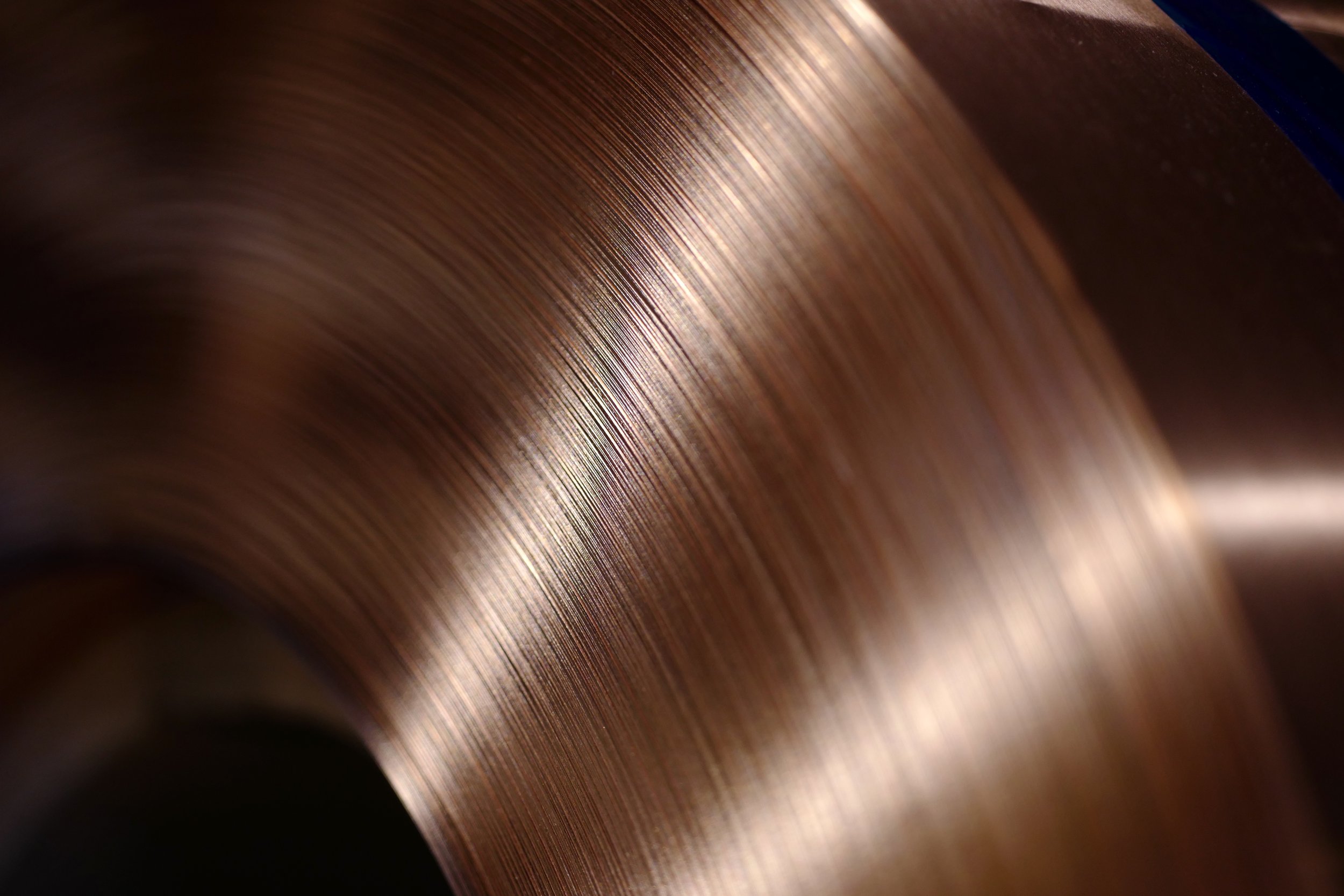Copper Foil: The Versatile Conductor
Copper foil, a thin, malleable sheet of copper, has been a cornerstone in various industries for centuries. Its exceptional electrical conductivity and thermal properties make it an indispensable material in applications ranging from electronics to art.
The Science Behind Copper Foil
Electrical Conductivity: Copper's unique atomic structure allows for efficient electron flow, making it an ideal conductor for electrical circuits.
Thermal Conductivity: Copper effectively transfers heat, making it suitable for heat sinks and other thermal management solutions.
Malleability: Copper foil can be easily shaped and formed, enabling its use in intricate designs.
Key Applications of Copper Foil
Electronics:
Printed Circuit Boards (PCBs): Copper foil is used to create the conductive pathways that connect electronic components.
Flexible Electronics: Its malleability makes it suitable for flexible circuits, found in wearable devices and foldable electronics.
Electroplating:
Metallisation: Copper foil is used as a base material for electroplating other metals, such as gold and silver.
Stained Glass:
Copper Foiling: Artists use copper foil to create intricate stained glass designs.
Heat Sinks:
Thermal Management: Copper foil's high thermal conductivity makes it ideal for dissipating heat from electronic components.
Electrochemical Cells:
Battery Anodes: Copper foil is used as a current collector in lithium-ion batteries.
Choosing the Right Copper Foil
When selecting copper foil for a specific application, consider the following factors:
Thickness: The thickness of the foil determines its strength and electrical conductivity.
Purity: Higher purity copper offers better electrical conductivity.
Surface Finish: The surface finish can affect adhesion, soldering, and electrical performance.
Temper: The temper, or hardness, of the foil influences its formability and strength.
Future Trends in Copper Foil Technology
As technology continues to advance, so too does the demand for innovative copper foil solutions. Some emerging trends include:
Ultra-Thin Copper Foil: For miniaturized electronic devices.
High-Performance Copper Foils: For high-speed and high-frequency applications.
Eco-Friendly Copper Foil: Produced using sustainable practices.
Conclusion
Copper foil's versatility and excellent electrical and thermal properties make it a crucial material in modern technology. By understanding its properties and applications, engineers and designers can harness its potential to create innovative and efficient solutions.


